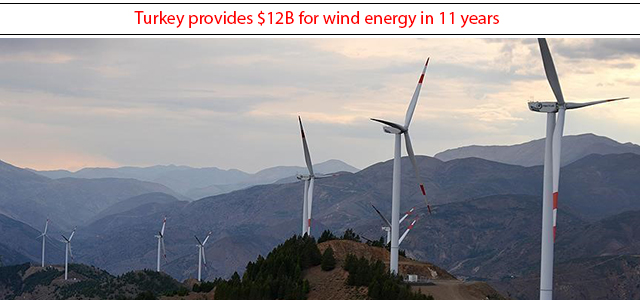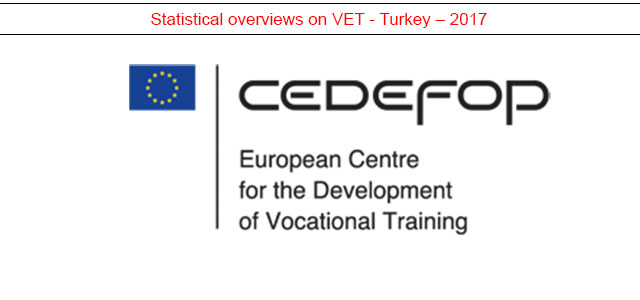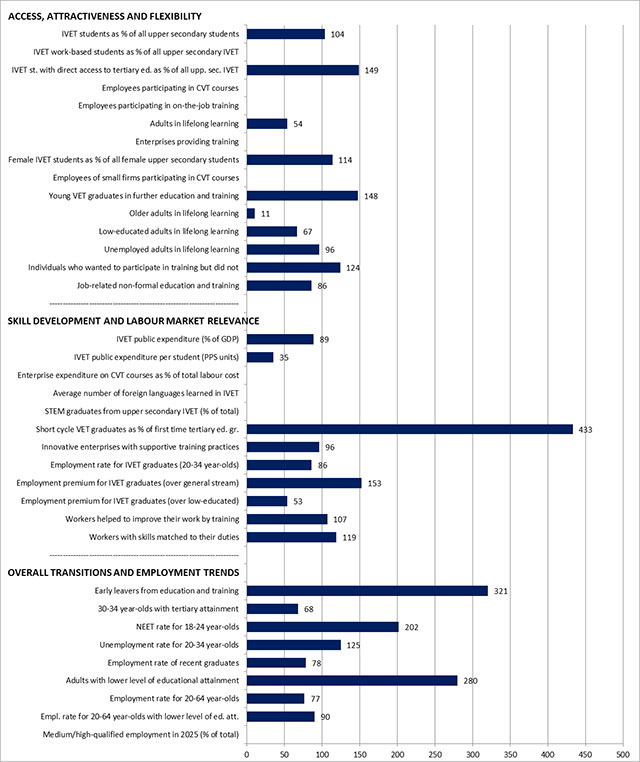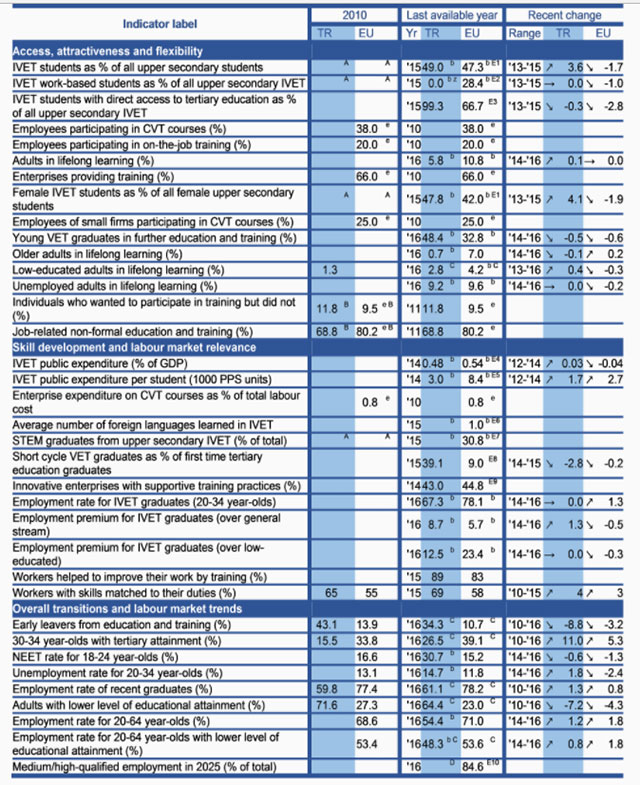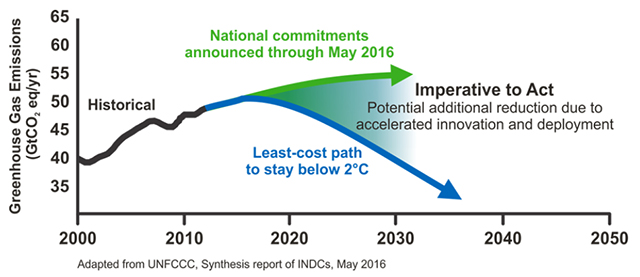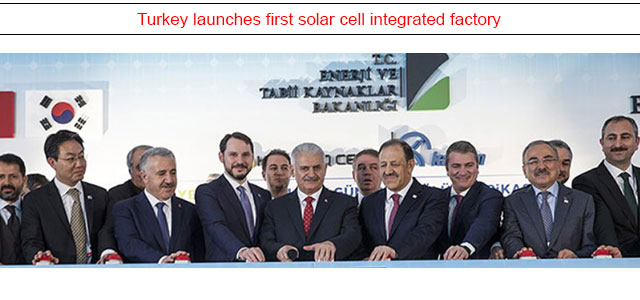
Turkey's Renewable Energy Resource Zone Project (YEKA) inaugurated Turkey's first integrated solar module, cell and panel production factory at a ground-breaking ceremony in the capital Ankara on Thursday. The photovoltaic (PV) factory to be located in Ankara's industrial zone will produce components for Turkey's biggest solar plant facility, the YEKA project in Karapinar in the Konya province.
The factory will have 500 megawatts (MW) of ingot and wafer production capacity, 650 MW of solar cell capacity and 800 MW of solar panel capacity, Turkey's Energy and Natural Resources Minister said at the opening ceremony. According to Berat Albayrak in October 2016, the Karapinar solar project will meet the energy needs of more than 600,000 households.
In accordance with the rules of the tender, solar components are to be produced locally and the tender also stipulates that local engineers should constitute 80 percent of employment in the project.
At the ceremony held at the PV Cell and PV module Factory and Research and Development Center in Ankara, Albayrak said that the factory that attracted $500 million in private sector contributions was testament to the secure environment that Turkey has developed for investments adding that "Turkey is ready for global competitiveness in the energy sector." Turkey's private sector had attracted over $100 billion in 15 years, he said.
With the help of new energy investment, Turkey will reduce its energy dependency, a goal that the minister said is highly important for the country having had an energy expense bill of on average over $55 billion per year for the past 10 years. "A few years ago, the installed capacity was around 32 gigawatts (GW), currently Turkey is close to reaching 85 GW," he said.
In March 2017, the Kalyon-Hanwha consortium won the tender bid for the construction of the solar facility at a cost of $0.0699 per kilowatt-hour. Now this new integrated solar production factory will produce the equipment for this facility.
Also at the opening ceremony, Prime Minister of Turkey Binali Yildirim said that the solar production factory would be finished ahead of schedule within 12 months. The construction of the photovoltaic equipment production factory was agreed within 21 months following the signing of the tender agreement.
Yildirim explained that clean energy and the increased deployment of renewable energy is part of the country's goals to diversify its energy resources. He said that over the past few years, the use of clean energy sources and energy production from these sources, which increased from 20 percent to 32 percent, was insufficient for a country like Turkey.
"It is important for Turkey to increase the number of clean energy projects, and more importantly it is also important to build research and development centers so Turkish citizens can avail of new energy technologies," he added.
Source: AA

